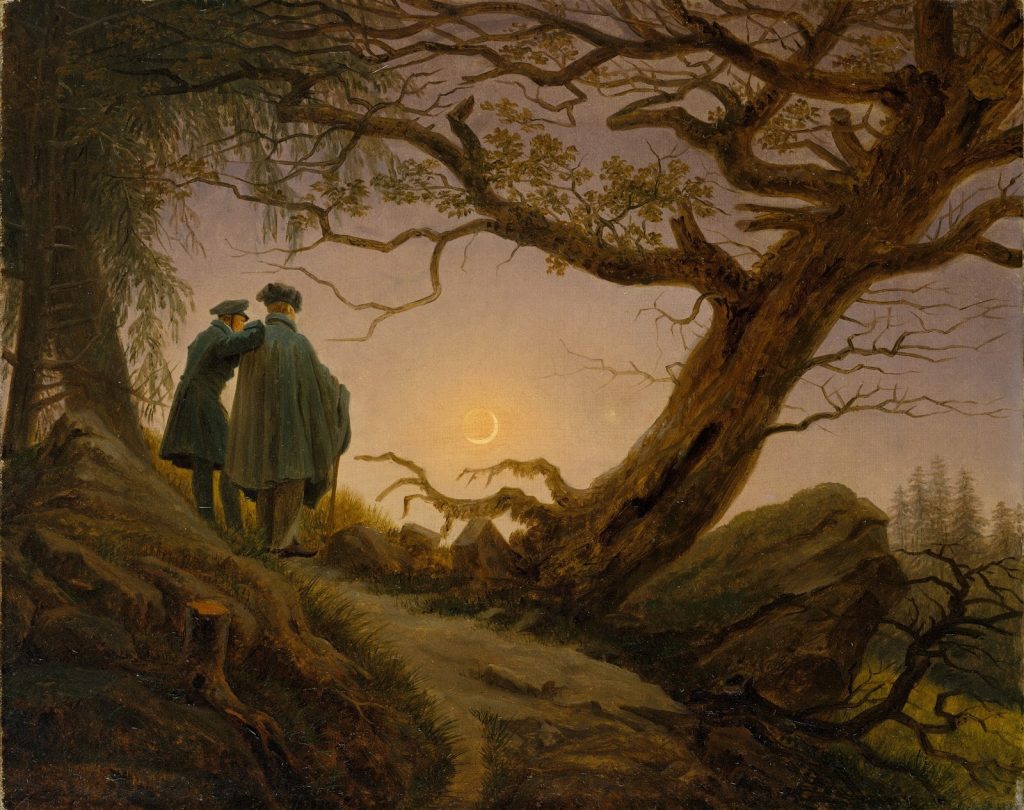When we think of stories, we tend to divide them into two broad categories. On the one hand, there are the invented ones: novels, short stories, fairy tales. On the other, those that stick to facts: biographies, testimonies, chronicles. But when we enter the field of narrative medicine, this distinction becomes less clear. Tales of illness move in an intermediate space, where two complementary registers coexist: true narrative and fictional storytelling. Both are authentic, and both are necessary to truly understand the experience of illness.

The true narrative is the one that comes closest to the chronicle account. The patient recounts dates, places, diagnosis, treatment: ‘On 5 March I was admitted, after three days I was diagnosed with leukaemia. I started chemotherapy on 12 March’. This modality has an important value: it puts order, reconstructs the sequence of events, makes it possible for professionals to grasp the clinical trajectory. It is the objective truth of the facts.
Alongside this register, however, there is almost always fictional storytelling. It does not mean inventing, but using images, metaphors and symbols to tell the inner experience. In the DIAMOND project, dedicated to the collection of pain narratives in five therapeutic areas (Infection, epilepsy, depression and chronic pain in adults and children) these imaginative dimensions strongly emerge. One person wrote: “I felt like Christ on the cross, with nails piercing my body” (infectiousness). Another person described his illness as ‘a dark shadow stretching over me, silent but constant, slowly robbing me of strength and light’ (infectiousness). Still others spoke of ‘a room without windows’ (oncology), ‘a stressful parent’ (epilepsy), a ‘neutered cat’ or a ‘monster’ (depression).
These images do not tell the facts, but give back an emotional, existential and relational truth. They allow us to describe pain, fear, but also what often eludes clinical language: interrupted desires, receding dreams, loss of identity and possibilities. One person with depression wrote: “I regret having lost 20 years of my sexuality, I regret that someone has abused my body, I regret not being able to do some activities that I used to do habitually”. In another narrative, nostalgia for what will no longer be possible emerges: “I regret not being able to skydive” (infectiousness).
Narrative medicine shows that there is no hierarchy between these two modes. True narrative gives clarity and order. Fictional storytelling brings depth, colour, emotion, and tells not only what one has experienced, but also what one has lost or hoped to have. A sentence can begin as true narrative – ‘I had my check-up at the hospital today, my values were stable’ – and immediately turn into storytelling: ‘I felt, however, like a tightrope walker: all it took was one false step and I would fall back into the void’.
For people, having access to both modalities has therapeutic value. True narrative allows one to navigate an often fragmented path. Fictional storytelling makes fear, anger, hope, but also the imagination of a different future communicable.
For health professionals, knowing how to read both registers means entering into a deeper listening. True narrative offers indispensable clinical information, fictional storytelling reveals the impact on daily life, relationships, identity. A doctor who listens to both does not just collect data: he or she gets in touch with lived experience.
The temptation might be to make a strict distinction: true narrative would be ‘true’, fictional storytelling ‘false’. But the reality is more complex: both are true, each in its own way. The former tells the facts, the latter tells how those facts were experienced. Together they make up a larger truth.
The stories of illness thus lie on a continuum between chronicle and symbol, between reality and imagination. It is not a question of choosing, but of inhabiting that intermediate space where life is told in its entirety. After all, there is no truer narrative than that which unites facts and emotions, losses and desires, memory and dreams. Narrative medicine knows this well: the tale of illness is never a cold document, nor an evasive fantasy. It is a bridge, made of reality and imagination, that allows us to understand and care, together.
Beatrice Rampinini – Researcher at ISTUD healthcare and wellbeing area
